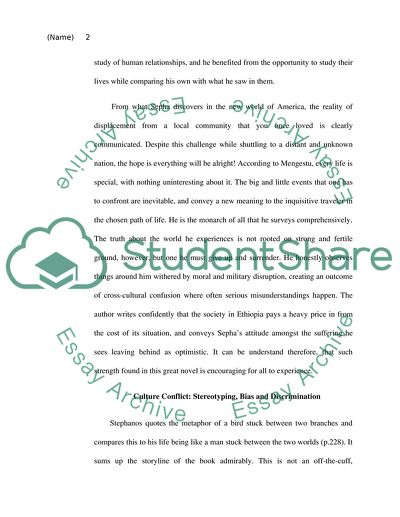Cite this document
(Analysis of The Beautiful Things that Heaven Bear Book by Dinaw Report/Review, n.d.)
Analysis of The Beautiful Things that Heaven Bear Book by Dinaw Report/Review. Retrieved from https://studentshare.org/social-science/1872486-final-exam
Analysis of The Beautiful Things that Heaven Bear Book by Dinaw Report/Review. Retrieved from https://studentshare.org/social-science/1872486-final-exam
(Analysis of The Beautiful Things That Heaven Bear Book by Dinaw Report/Review)
Analysis of The Beautiful Things That Heaven Bear Book by Dinaw Report/Review. https://studentshare.org/social-science/1872486-final-exam.
Analysis of The Beautiful Things That Heaven Bear Book by Dinaw Report/Review. https://studentshare.org/social-science/1872486-final-exam.
“Analysis of The Beautiful Things That Heaven Bear Book by Dinaw Report/Review”, n.d. https://studentshare.org/social-science/1872486-final-exam.


